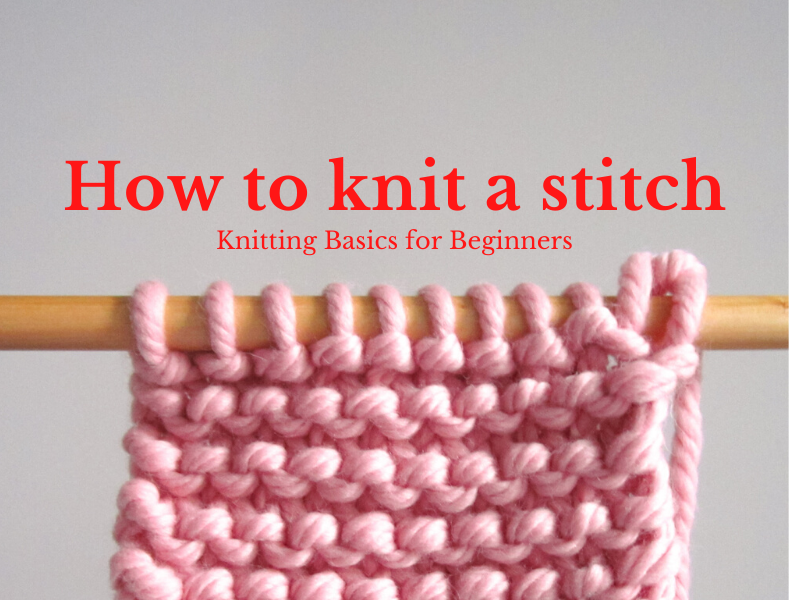Knitting Basics | How to purl a stitch
Before we start, always ALWAYS make sure that your working yarn is always IN FRONT of the needles – not behind it like when we knit a stitch otherwise you won’t be able to purl at all.
 |
| RIGHT: Working yarn in front. |
 |
| WRONG: Working yarn in back. |
The way I like to think of purling is that it’s in the front/ is forward compared to knitting, which is “behind”. I’m not sure if that made any sense, but perhaps you’ll get my meaning when you start purling.
Let's purl.
Step 1
Cast on your desired amount of stitches. The insert the tip of your right-hand needle through the stitch on the left-hand needle from right to left, top to bottom. The right-hand needle should be on top/ in front of the left-hand needle.
Step 2
Loop the working yarn around the tip of the right-hand needle from the front around the back in a counter-clockwise motion. The working yarn should be in the front of your needles again.
Step 3
Slide the tip of the right-hand needle down and bring the tip from front to back of the stitch, catching the yarn with it. A new stitch will have formed on the right-hand needle. Tip: place your right thumb over the working yarn on the right-hand needle so it won’t come loose when you move the needle.
Step 4
Slide/ release the old stitch off the left-hand needle so the newly purled stitch is on the right-hand needle. Slightly tighten the new stitch to maintain even tension in your work.
Step 5
Keep repeating steps one to four until the end of the row. When you get to the end of your row, swap your knitting needles around.
And there you have it – a purl stitch! Practice purls a few more times until you get used to the motion. It’s a handy technique that is seen in plenty of patterned stitches like the stockinette stitch, rib stitch or moss stitch. Got any questions? Ask away!
Until next time, stay golden ya nerds!
- Del













Comments
Post a Comment